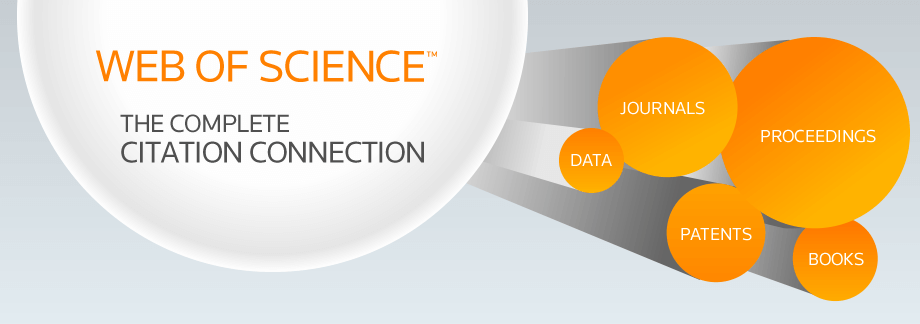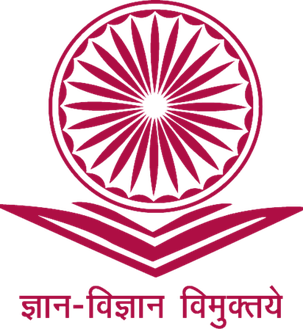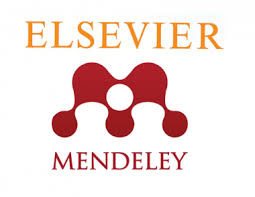INTERNATIONAL JOURNAL OF CREATIVE RESEARCH THOUGHTS - IJCRT (IJCRT.ORG)
International Peer Reviewed & Refereed Journals, Open Access Journal
IJCRT Peer-Reviewed (Refereed) Journal as Per New UGC Rules.
ISSN Approved Journal No: 2320-2882 | Impact factor: 7.97 | ESTD Year: 2013
Call For Paper - Volume 13 | Issue 11 | Month- November 2025
Scholarly open access journals, Peer-reviewed, and Refereed Journals, Impact factor 7.97 (Calculate by google scholar and Semantic Scholar | AI-Powered Research Tool) , Multidisciplinary, Monthly, Indexing in all major database & Metadata, Citation Generator, Digital Object Identifier(CrossRef DOI)
Contact Us Click Here
WhatsApp Contact Click Here
Published Paper Details:
Paper Title
Impact of Artificial Intelligence on Digital Healthcare A Case Study Approach
Authors
Kokati Manoj kumar, K. Kanagalakshmi
Keywords
Artificial Intelligence (AI) , Digital Healthcare , Machine Learning ,Deep Learning , Healthcare Technology ,Health Informatics
Abstract
Selecting a manufacturing process usually depends on the type of work and the volume of production. There are five main process types - job shop, batch, repetitive, continuous, and project. Noteworthy, there are many factors to consider when choosing a process, as each type has its advantages and disadvantages. This paper aims to describe the five basic process types by comparing and contrasting them using examples. Historically, people first mastered job shops and batches' processes, while repetitive and continuous processes appeared only after the industrial revolution. Job shops involve the production of a variety of products in small quantities. This process requires great flexibility of equipment and high-skilled personnel, allowing a wide variety of work. Still, the drawbacks of this type include high cost per unit and complex scheduling. An example of the job shops is a jewelry repair shop or veterinarian services. Batches are used for medium production and moderate product variety. A good example is bakeries or services for groups of people, like air travel. This type's advantage is a high level of flexibility, and the disadvantages are moderate cost per unit and scheduling complexity. Examples of repetitive process type products are production lines for cars, TVs, pencils. The advantage of this type is that it allows large volumes, but the disadvantages are the high cost of equipment downtime and low flexibility. The continuous process involves the production of the highest volumes, rigid equipment, and low-skilled personnel. Examples of a continuous process type are sugar, flour, gasoline, steel production, and supplying electricity or the Internet. This type's disadvantages are its rigidity and low variety; its advantages are high volumes and efficiency. Project process type is usually chosen in project work cases, for example, when filming a movie, publishing a book, building a dam. Project type can have characteristics of all types because of the projects' variety. Thus, the five basic process types and the advantages and disadvantages of each were described by comparing and contrasting them using examples. Job shops are often used when there is a need to produce small volumes of unique products; batches are used in medium volumes and work variety. Repetitive and continuous types emerged after the industrial revolution and now represent high volume production types for the mass consumer.
IJCRT's Publication Details
Unique Identification Number - IJCRT2507421
Paper ID - 291213
Page Number(s) - d681-d690
Pubished in - Volume 13 | Issue 7 | July 2025
DOI (Digital Object Identifier) -
Publisher Name - IJCRT | www.ijcrt.org | ISSN : 2320-2882
E-ISSN Number - 2320-2882
Cite this article
Kokati Manoj kumar, K. Kanagalakshmi, "Impact of Artificial Intelligence on Digital Healthcare A Case Study Approach", International Journal of Creative Research Thoughts (IJCRT), ISSN:2320-2882, Volume.13, Issue 7, pp.d681-d690, July 2025, Available at :http://www.ijcrt.org/papers/IJCRT2507421.pdf
Article Preview
Indexing Partners
Call For Paper November 2025
Call For Papers
November 2025
Volume 13 | Issue 11
Last Date :
30-Nov-2025
Submit Manuscript Online Impact Factor: 7.97 Review Results : Within 02-03 Days Paper Publication : Within 02-03 Days
November 2025
Volume 13 | Issue 11
Last Date :
30-Nov-2025
Submit Manuscript Online Impact Factor: 7.97 Review Results : Within 02-03 Days Paper Publication : Within 02-03 Days
Published Issue Details
For Authors
Forms / Downloads
Other IMP Links
Indexing Partner
Research Area
LICENSE
ISSN and 7.97 Impact Factor Details

ISSN: 2320-2882 Impact Factor: 7.97 and ISSN APPROVED Journal Starting Year (ESTD) : 2013
ISSN and 7.97 Impact Factor Details

ISSN: 2320-2882 Impact Factor: 7.97 and ISSN APPROVED Journal Starting Year (ESTD) : 2013
DOI Details
CONFERENCE
CONFERENCE MANAGMENT & PUBLICATION CONFERENCE PROPOSAL
RECENT CONFERENCE

CONFERENCE PROPOSAL CONFERENCE PROCEEDINGS

CONFERENCE PROPOSAL CONFERENCE PROCEEDINGS
For Reviewer /Referral (RMS) Earn 500 per paper
Important Links
NEWS & Conference
Digital Library
IJCRT RMS | Earn 500 Per Paper.
LICENSE
Indexing Partner






































































